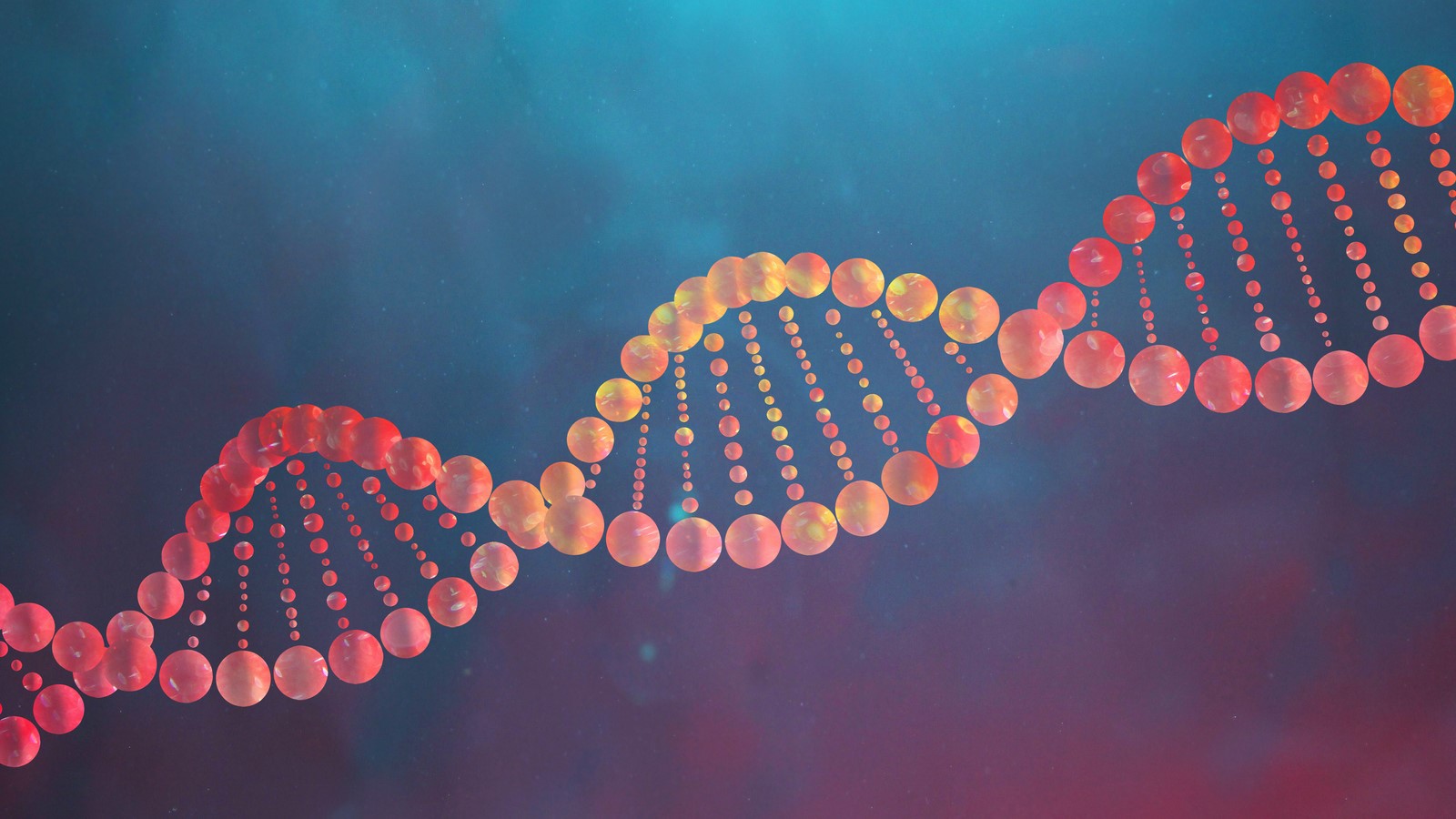Radiation and poisonous compounds like alcohol are just two of the many factors that can harm the DNA in our cells. Researchers from the MRC Laboratory of Molecular Biology in Cambridge, United Kingdom, and the Hubrecht Institute (KNAW) in Utrecht, the Netherlands, have discovered a new method by which the human body repairs DNA damage brought on by a degradation product of alcohol. That information emphasizes the connection between drinking alcohol and cancer.
The study is presented in the paper “Alcohol-derived DNA crosslinks are repaired by two different processes” that appears in the Journal Nature.
Acetaldehyde is created during the metabolism of alcohol. The hazardous form of DNA damage known as interstrand crosslinking (ICL) is caused by the highly reactive, DNA-damaging metabolite acetaldehyde. It prevents cell division and protein synthesis as a result. ICL deterioration may ultimately result in cancer and cell death.
The authors of the study claim that DNA crosslink repair, which is defective in Fanconi anemia (FA), a condition that results in the failure to create blood cells and a propensity for malignancy, protects cells against acetaldehyde-induced damage. The way in which acetaldehyde damages DNA is still a mystery.
Prophylaxis against DNA Damage
Fortunately, every cell in our body has a toolkit that it can use to repair this kind of DNA damage. The ALDH2 enzyme, which largely breaks down acetaldehyde before it causes any harm, is the first line of defense against ICLs brought on by acetaldehyde. However, not everyone benefits from this enzyme; more than two billion individuals globally, or over half of the Asian population, have a mutation in the gene that codes for this enzyme. They are more likely to develop alcohol-related cancer because they are unable to break down acetaldehyde.
Second Line of Defense
Scientists looked at mechanisms that repair DNA damage as a second line of defense against alcohol-induced ICLs. The researchers used protein extracts from clawed frog eggs (Xenopus laevis) to study these pathways. In Xenopus egg extracts, they produced acetaldehyde-induced DNA interstrand crosslinks and identified their repair mechanism.
They found two mechanisms—replication-coupled pathways—that repair ICL damage by using these extracts to repair an ICL caused by acetaldehyde. The previously known FA pathway, according to the authors, “operates using excision—analogous to the mechanism used to repair the interstrand crosslinks caused by the chemotherapeutic agent cisplatin,” they wrote.
Additionally, the group discovered a fresh, quicker path that “needs replication fork convergence, but does not entail DNA incisions—instead, the acetaldehyde crosslink itself is broken” The Y-family DNA polymerase REV1 “completes repair of the crosslink, culminating in a discrete mutational spectrum,” to put it more precisely.
The FA process involves cutting the DNA to eliminate the ICL, but the enzymes in the recently identified pathway actually cut the crosslink. These findings “define the repair routes of DNA interstrand crosslinks induced by an endogenous and alcohol-derived metabolite, and identify an excision-independent mechanism,” according to the authors.
Specific Damage
With this study, the researchers give us a mechanistic glimpse into how DNA damage repair works. ICLs in the DNA can be repaired by the body in a variety of ways, according to co-lead author Puck Knipscheer, PhD, a group leader at the Hubrecht Institute. She believes that this kind of study could help us better understand how to treat cancers linked to alcohol consumption. However, we must first fully understand the operation of this innovative ICL repair process before we can proceed.
